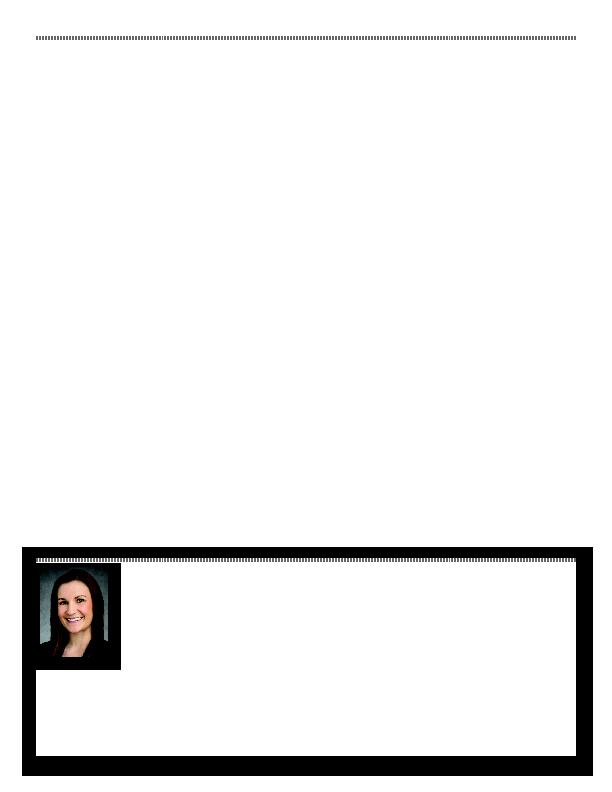
Measurement Method: Do You Know Who
Your Full-Time Employees Are?
a large employer with 2,000 employees.
Its health plan year runs from October
1 through September 30 with open
enrollment occurring each September.
Compliance executives have of course
heard of the Affordable Care Act
("ACA") and the Employer Mandate,
but have taken a "wait-and-see" attitude
toward implementation. It's now past
January 1, 2015, the effective date of
the Employer Mandate for employers of
its size, and Compliance needs to know
what it must do to satisfy the ACA's
requirement that it offer coverage to its
full-time employees.
Lucky for Compliance, it's not too
late.
that so long as certain conditions are
met, the sponsor of a non-calendar year
health plan may wait until the first day
of the plan year following the effective
date of the Employer Mandate to offer
its full-time employees coverage.
coverage to its full-time employees by
October 1, 2015, the first day of the plan
year following January 1, 2015.
So, now that Compliance has some
additional time, how does its human
resources department determine which
employees are entitled to coverage?
Under the ACA, employees hired
full-time (expected to average at least
30 hours a week) must be offered
health coverage by the first day of the
fourth calendar month of employment.
employees who are already participating
in the plan.
Most other employees are known
as "variable hour employees." These
are employees who are not reasonably
expected to work an average of 30
hours per week. However, regardless
of expectations, some variable hour
employees may surpass this threshold
on occasion. For this reason, the ACA
provides a system of measurement and
stability periods to determine which
time and must be offered coverage.
Under the look-back measurement
method, an employee's status as
full-time or part-time is based on a
designated measurement period and
governs the employee's status for a
subsequent stability period.
an employer is responsible for choosing:
the "Standard Measurement Period" and
the "Initial Measurement Period."
The Standard Measurement Period
is applied to "Ongoing Employees."
These are employees who have been
employed for a complete Standard
Measurement Period. The Standard
Measurement Period can be three to
12 months in length, with a subsequent
stability period that can be six to 12
months in length.
the Standard Measurement Period to
allow the employer time to process the
data collected and to offer coverage to
group at Kennerly, Montgomery & Finley. She assists private
and governmental clients in the design, implementation and
maintenance of their employee benefit plans. Ashley focuses
much of her time on assisting clients with issues related to the
Affordable Care Act and is a frequent speaker on such issues.
550 Main Street, W
Knoxville, Tennessee 37902
865.524.1773 Fax
kmfpc.com